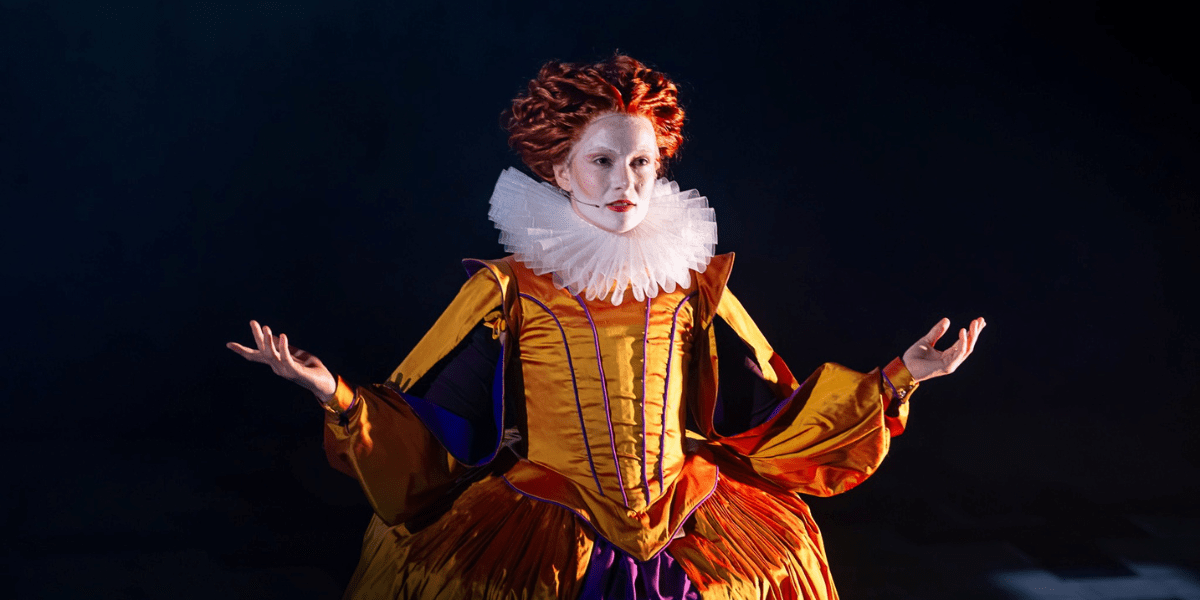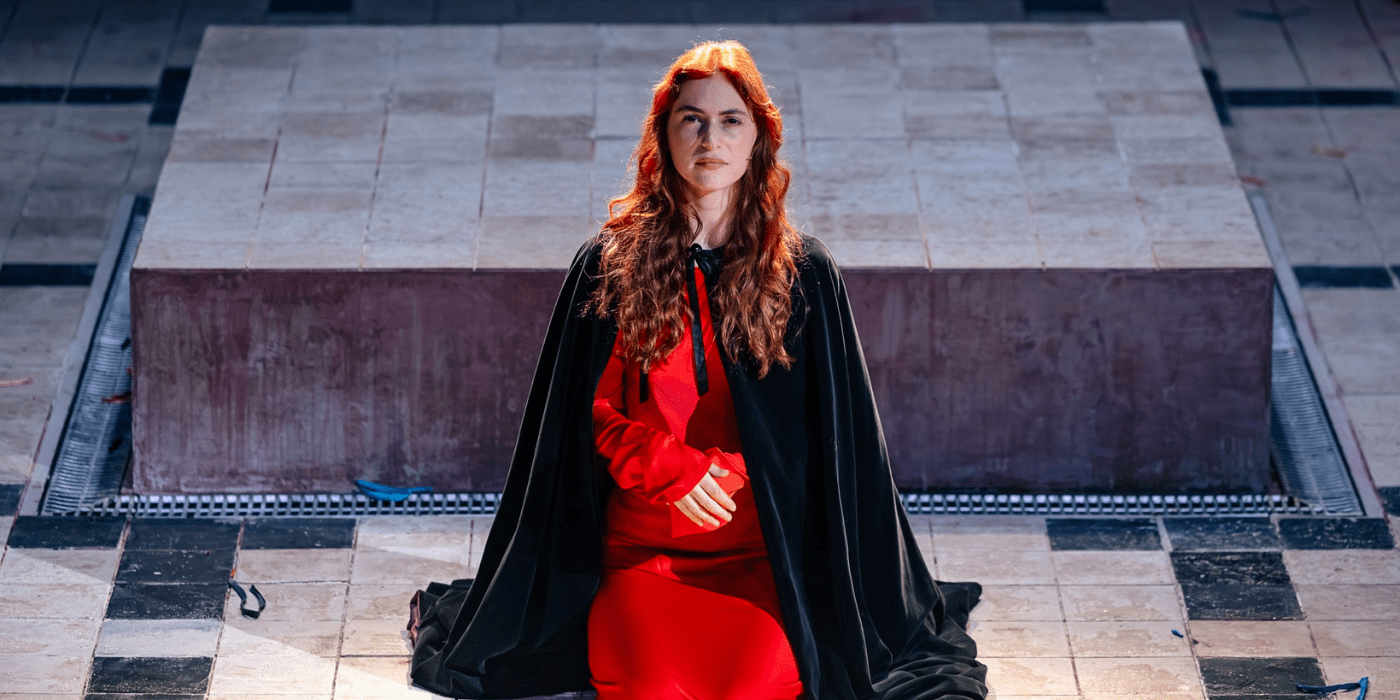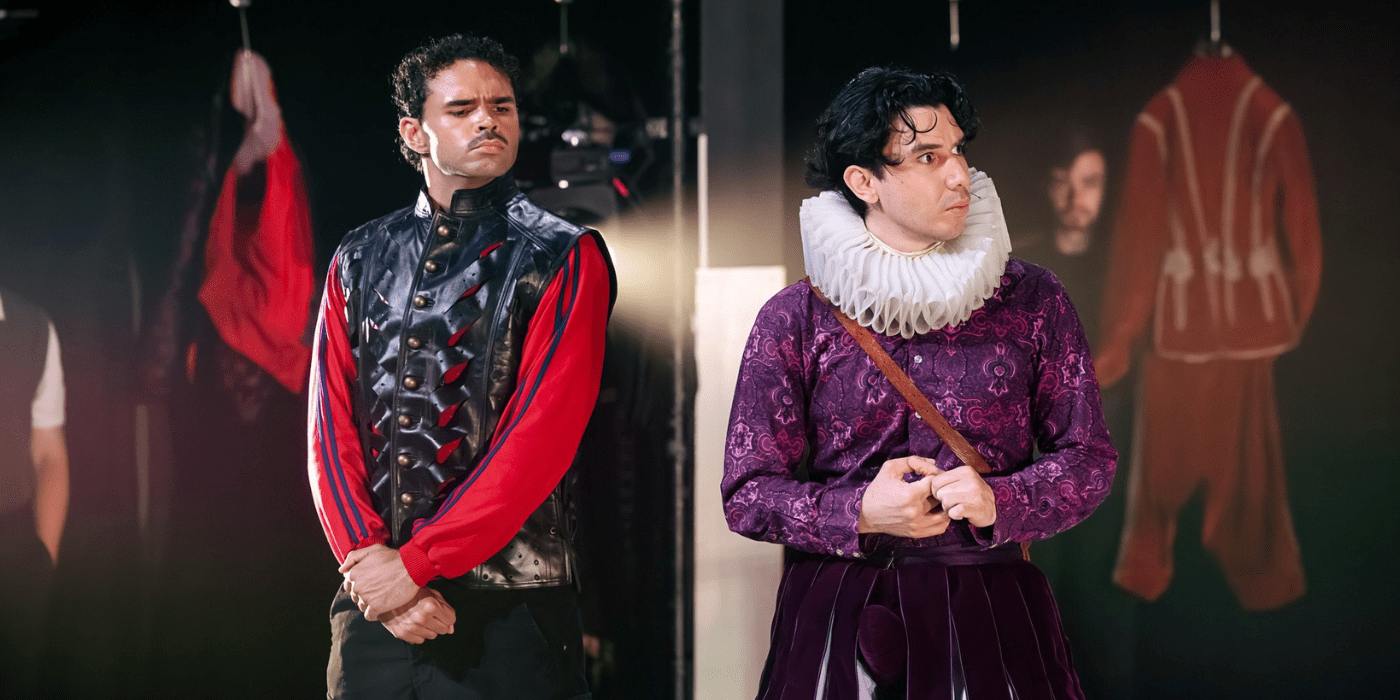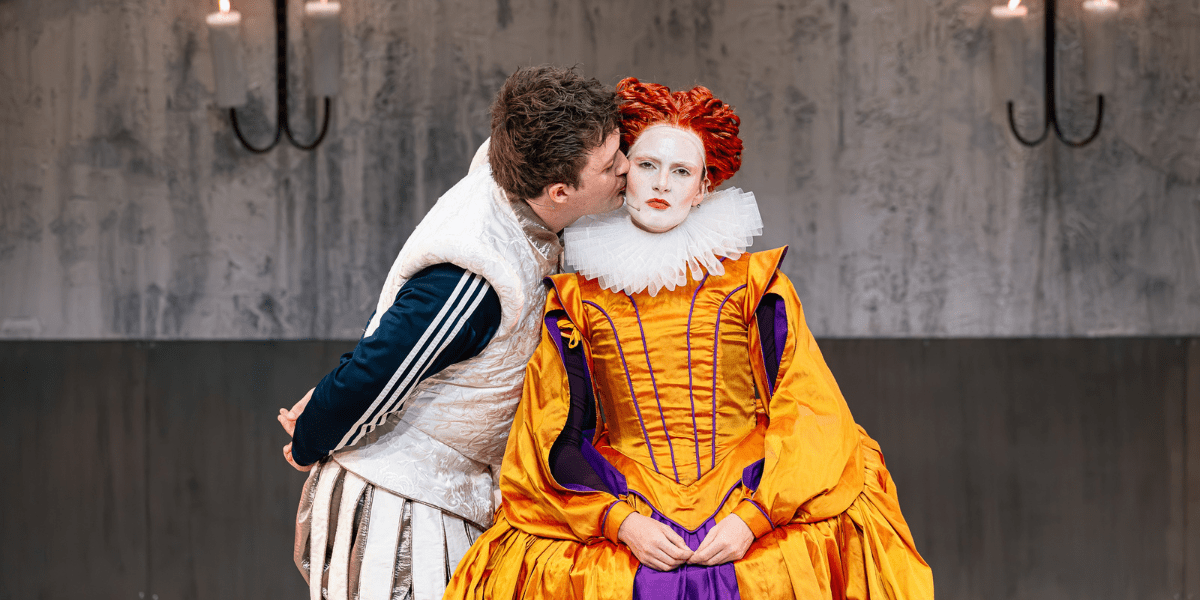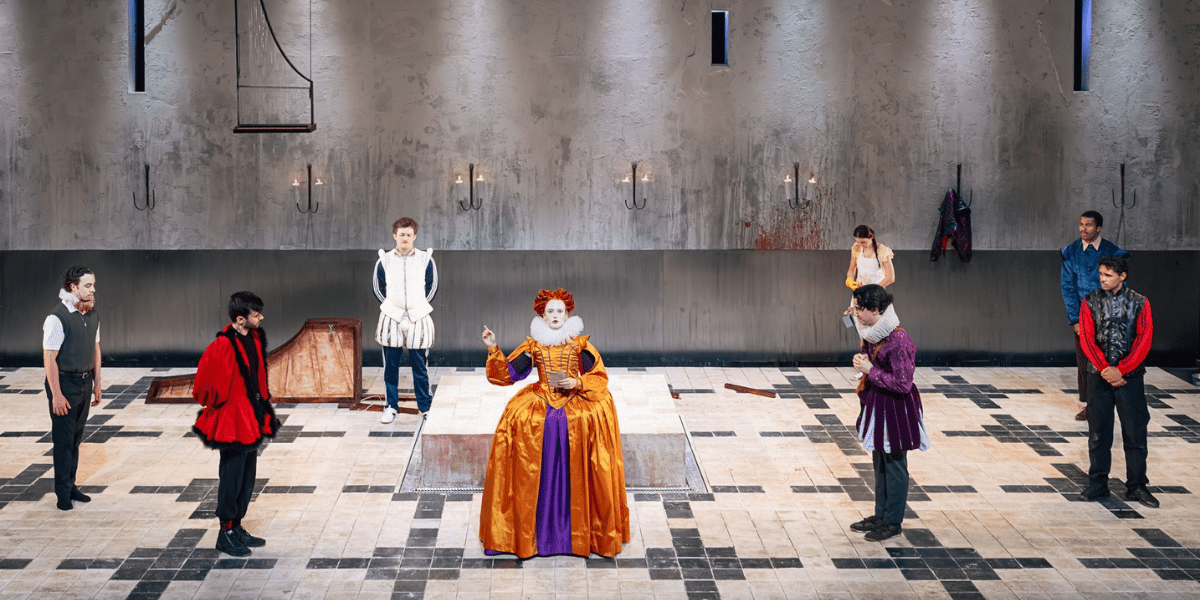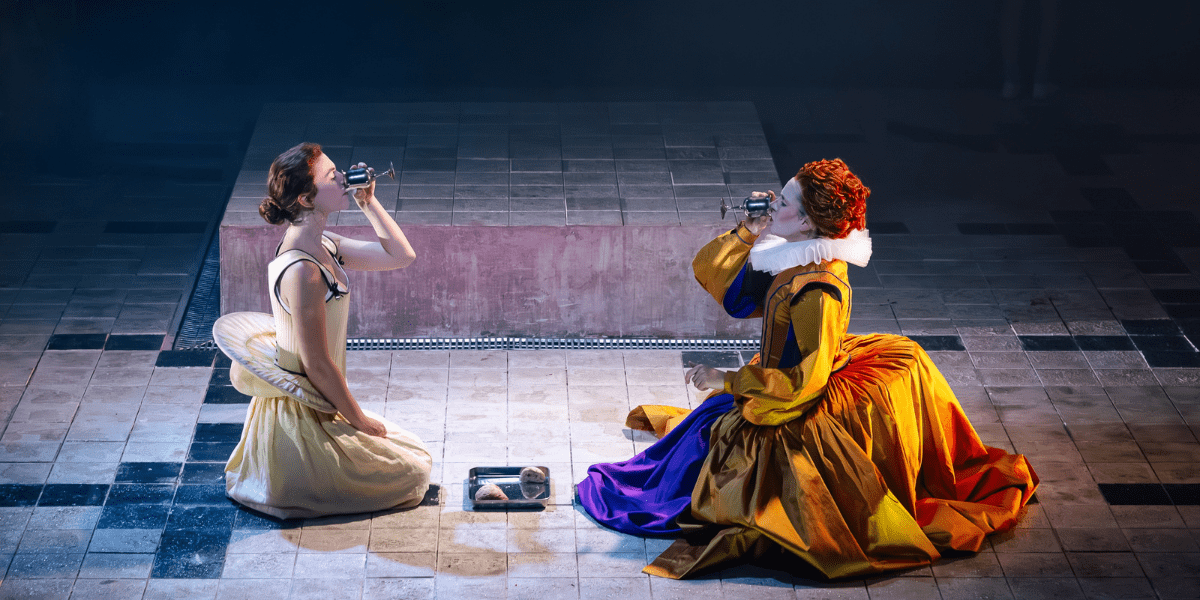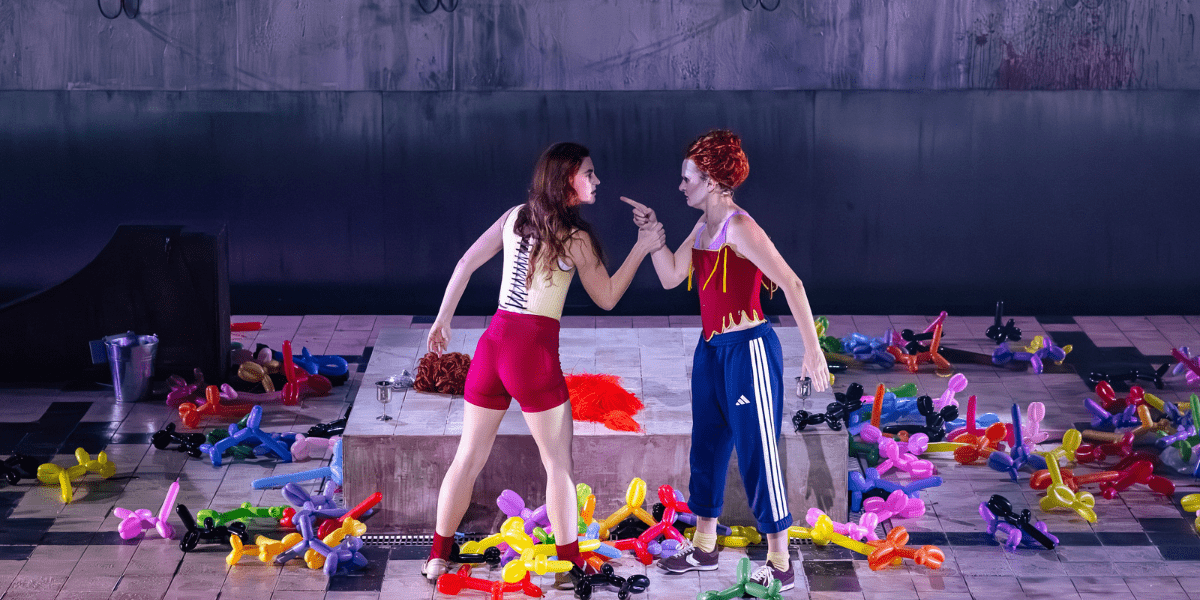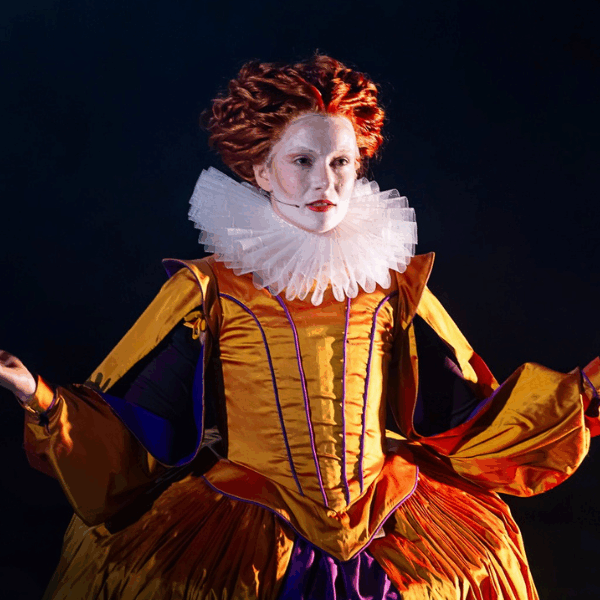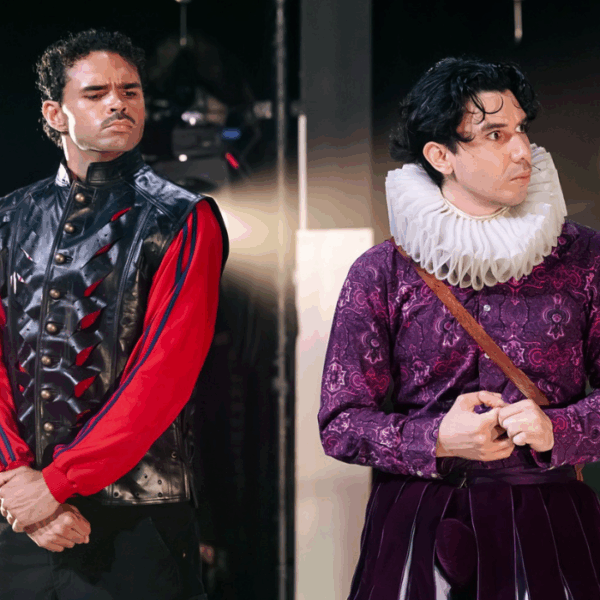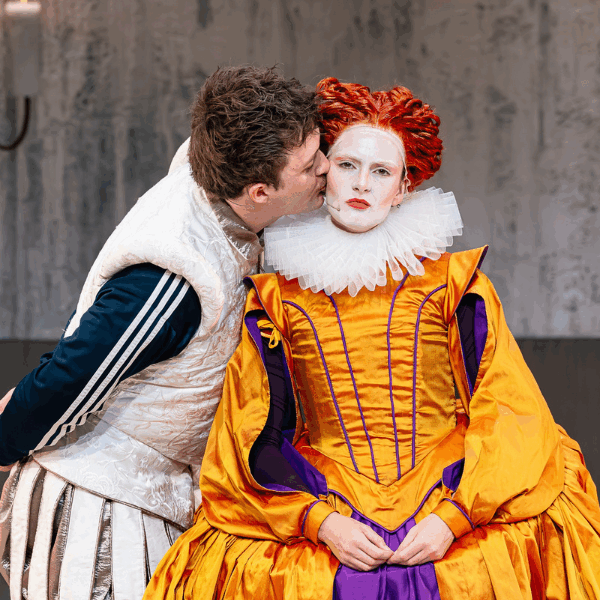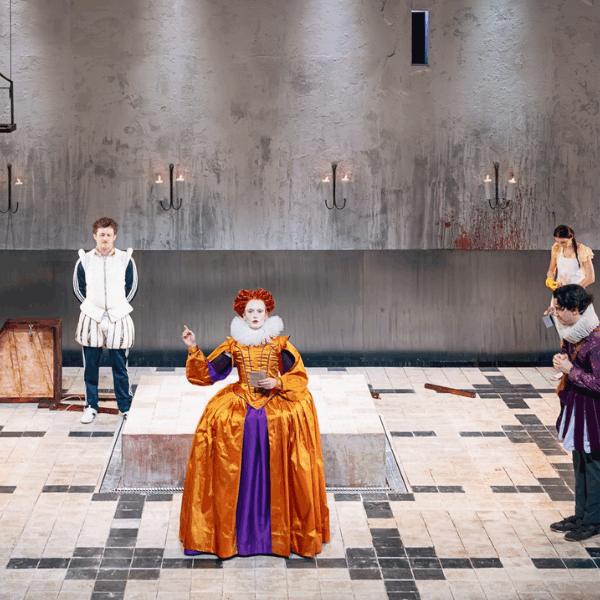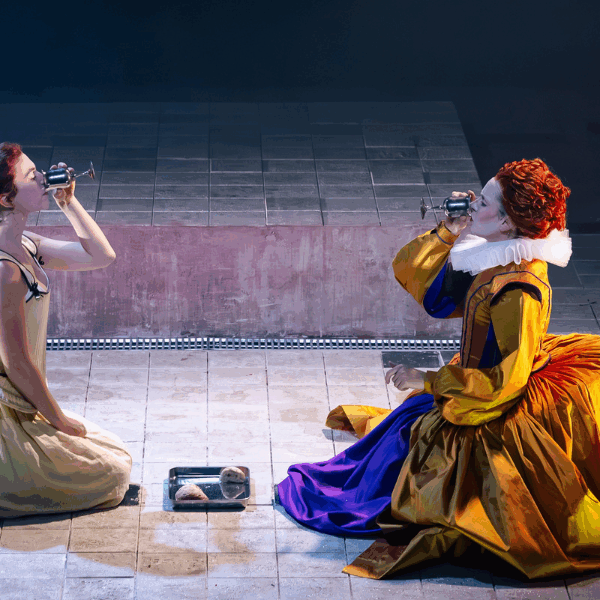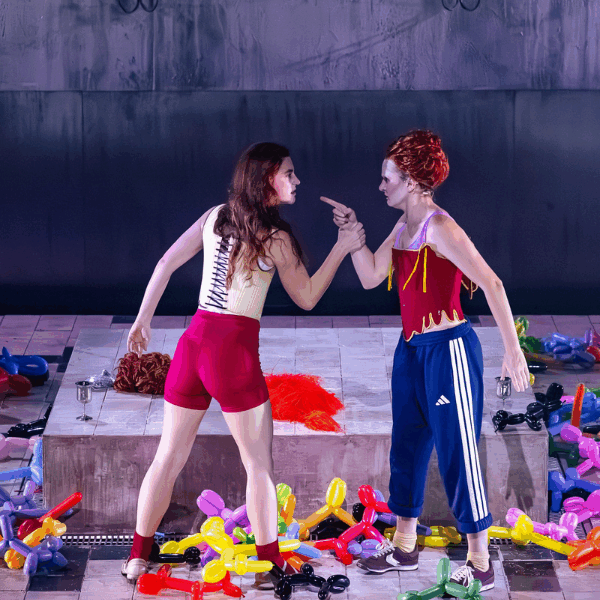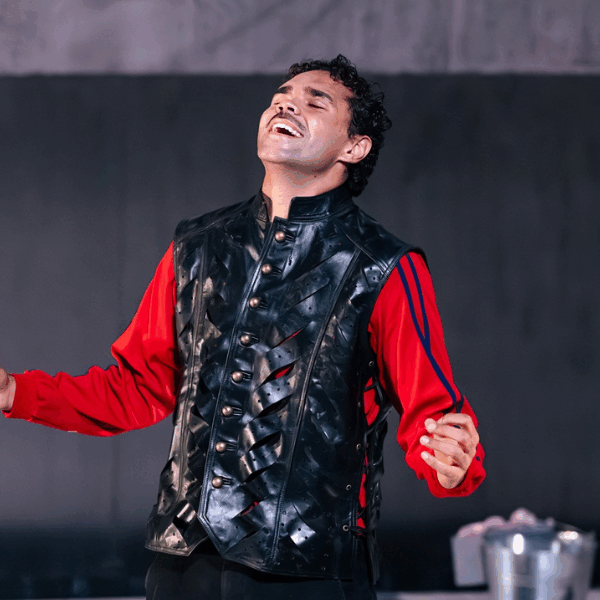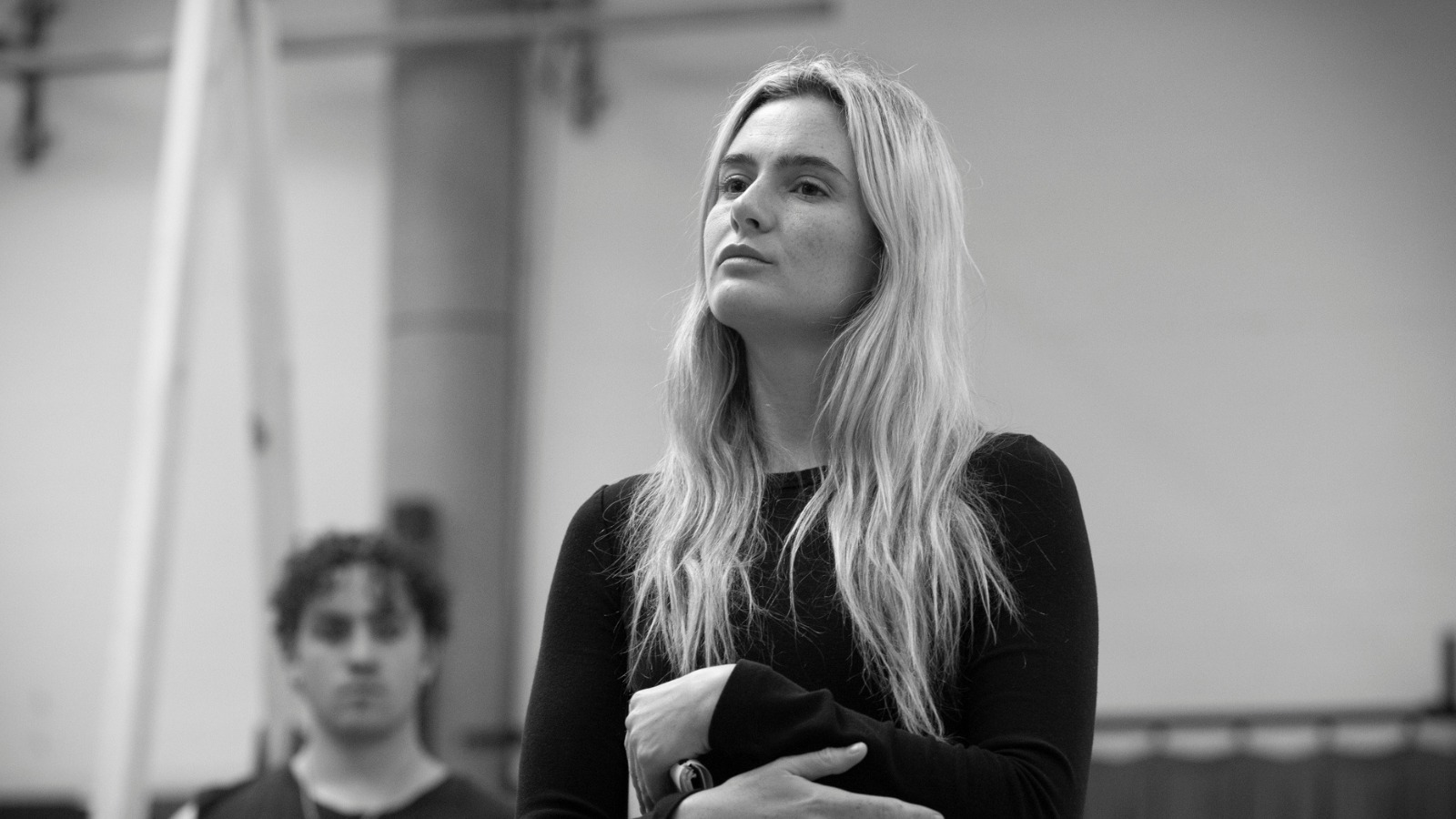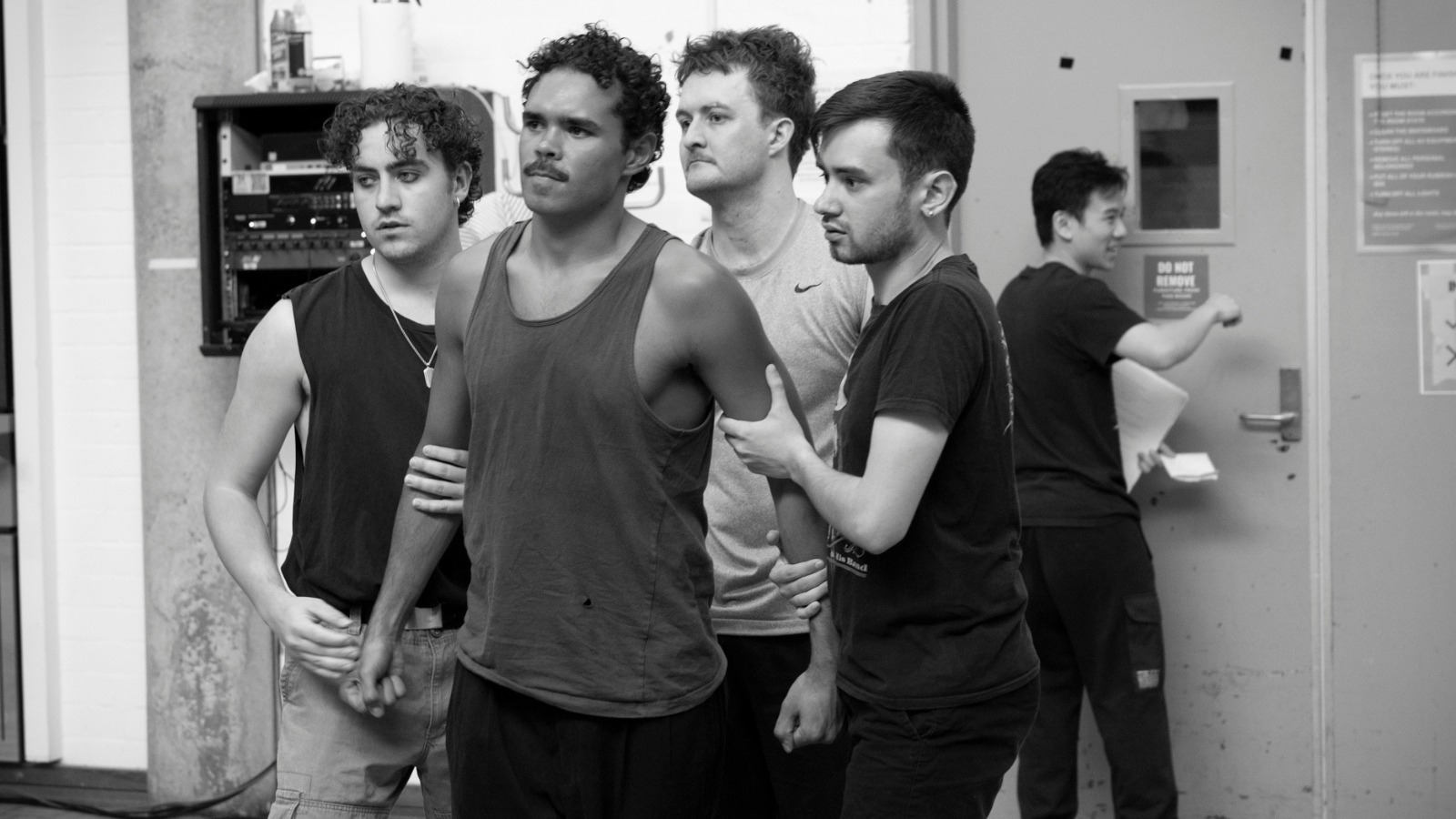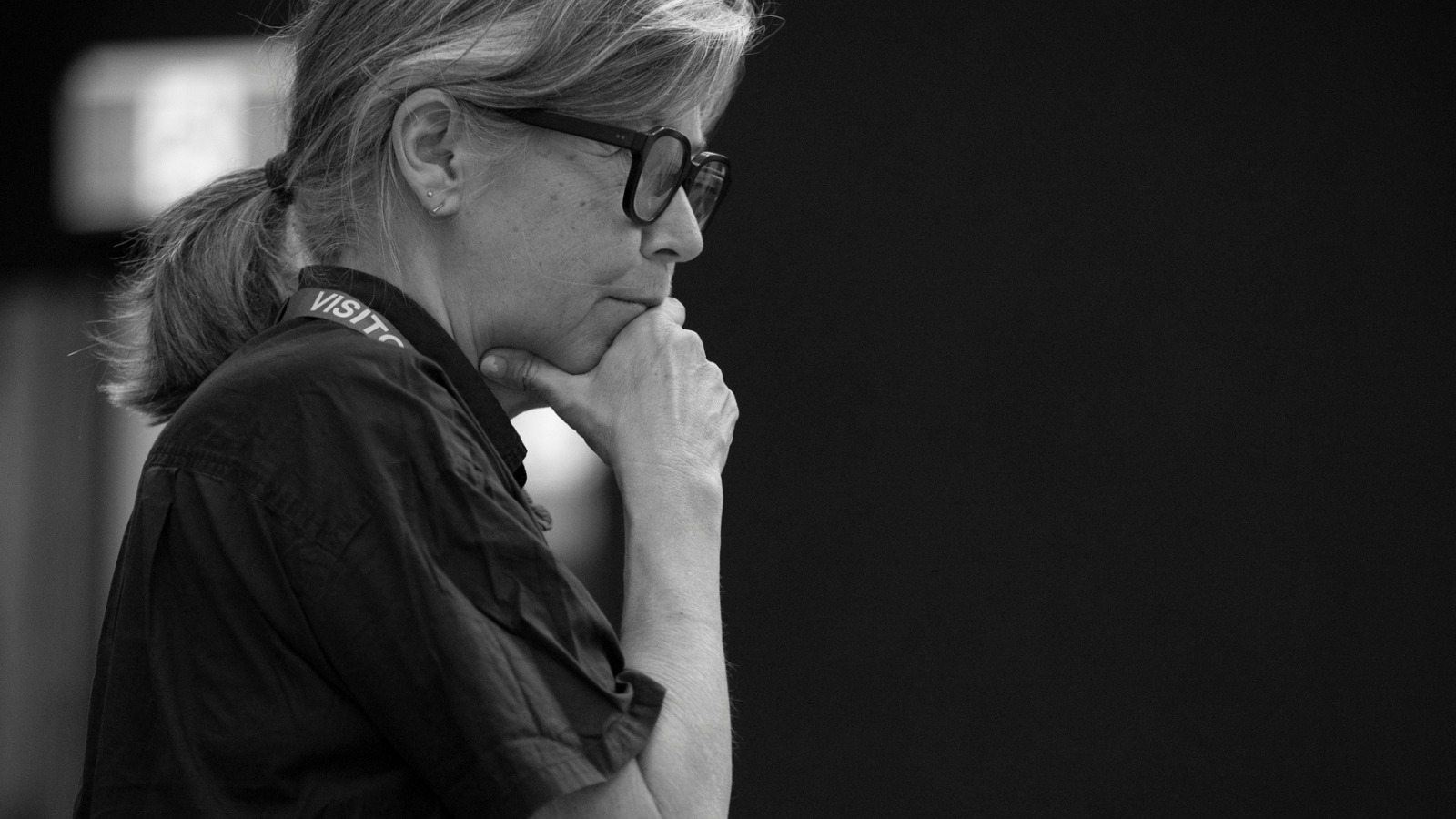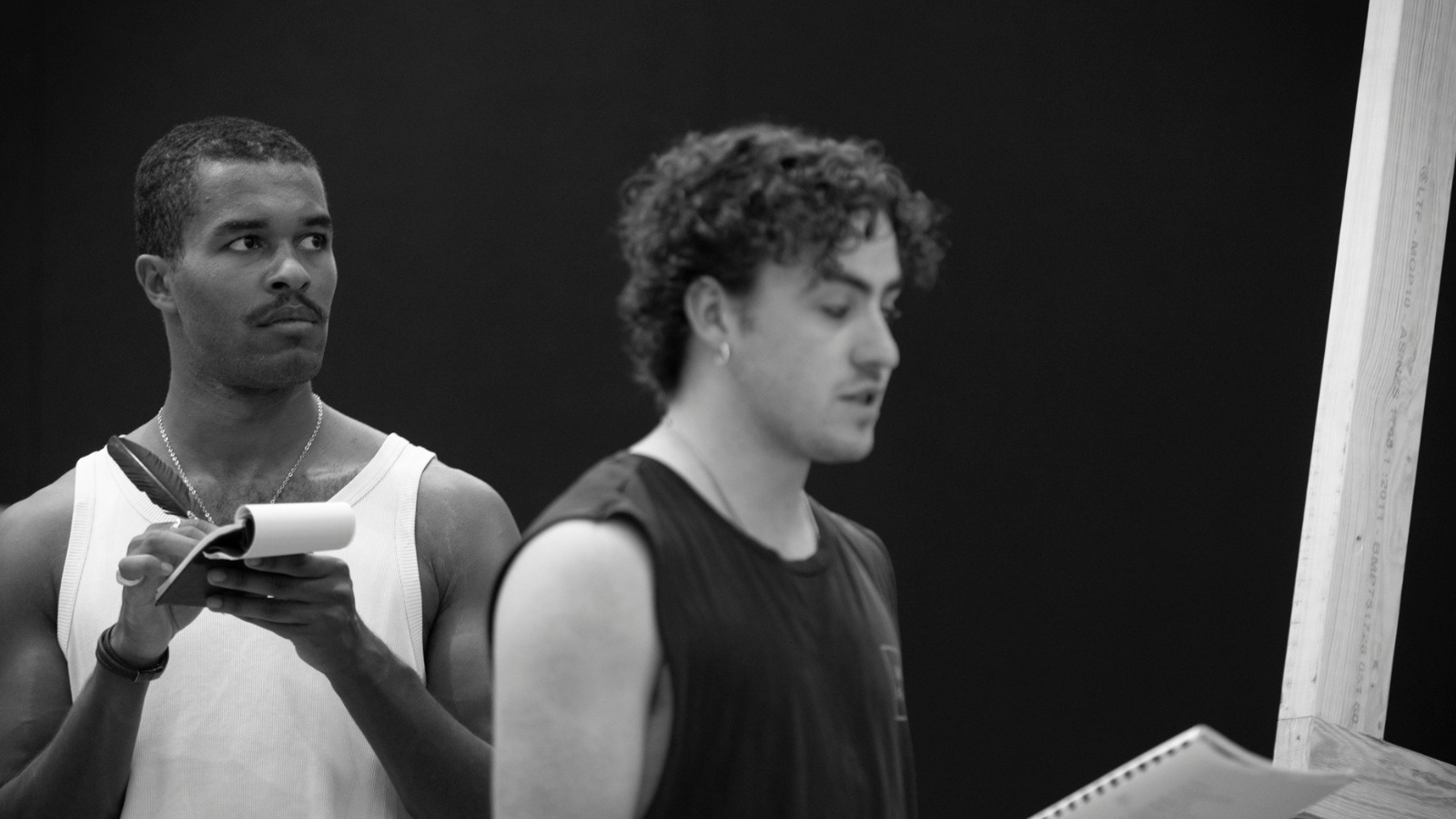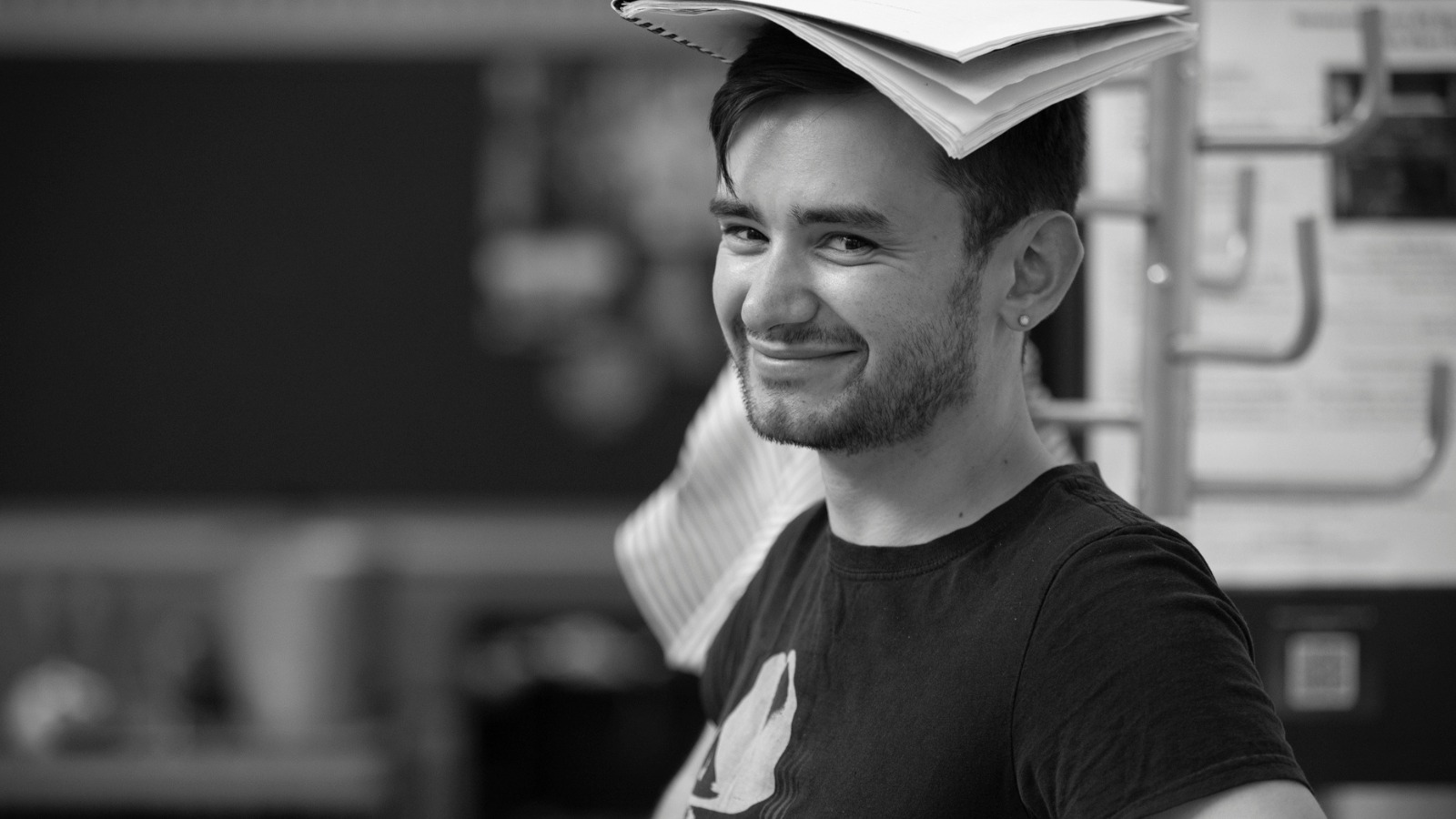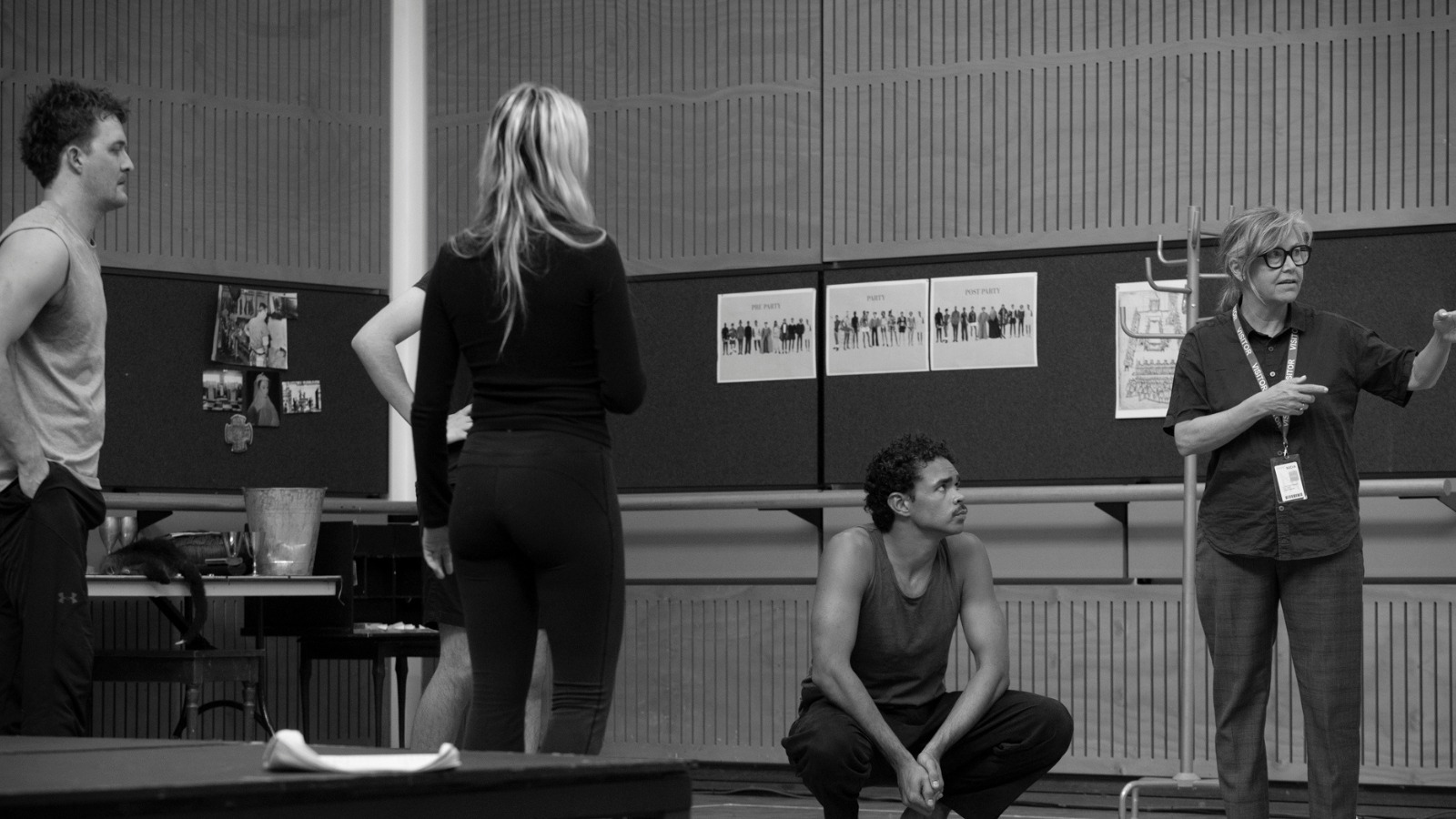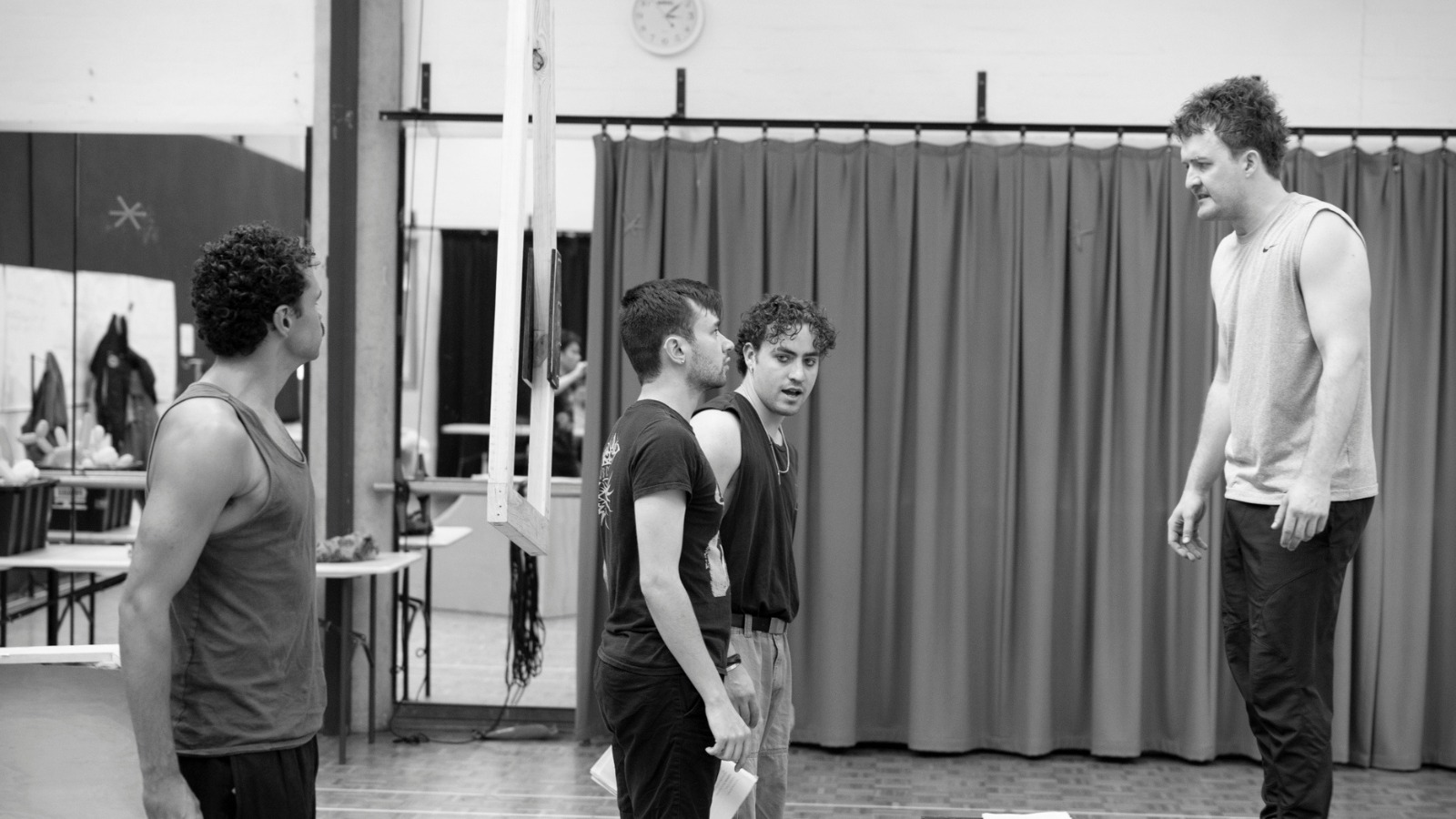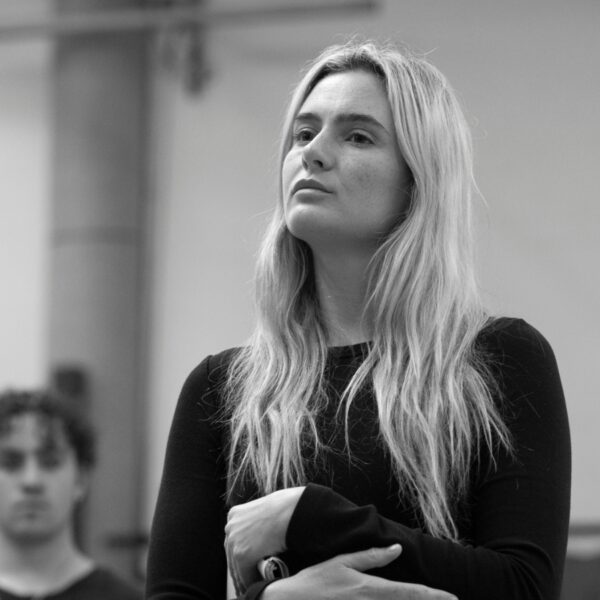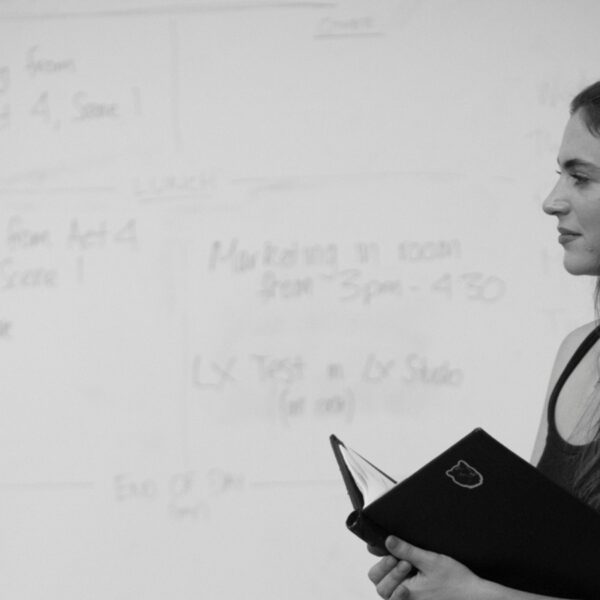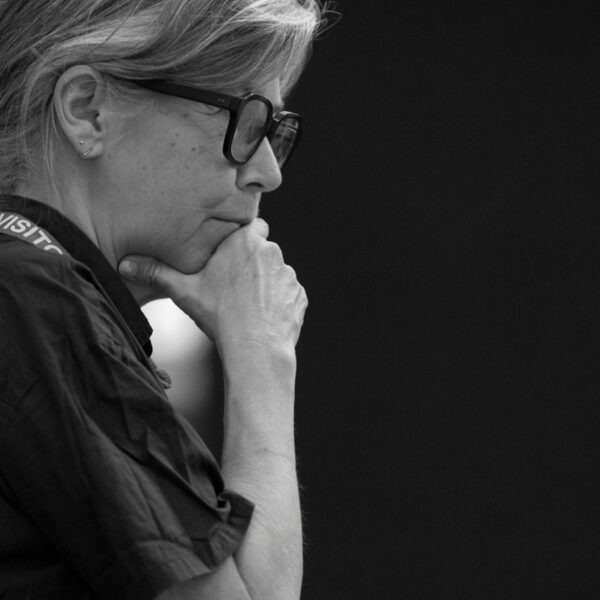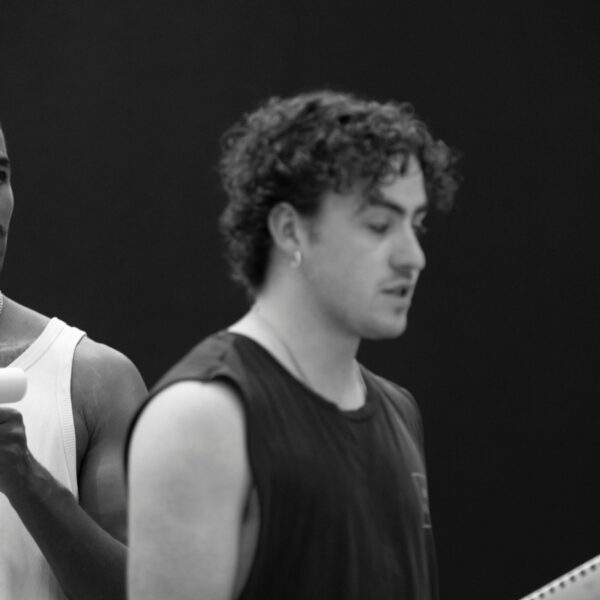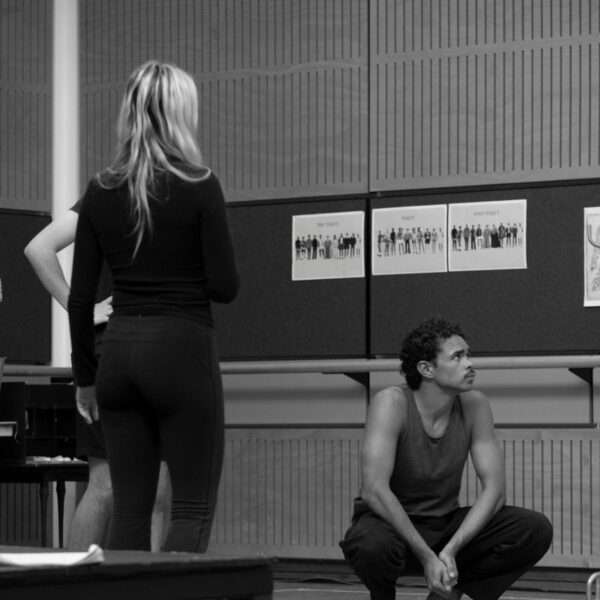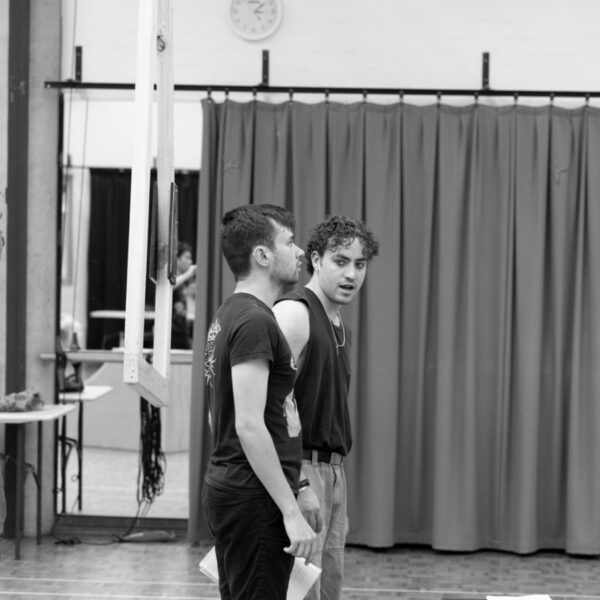About the show
Two queens. One throne. No room for both.
Kate Mulvany’s adaptation of Schiller’s blockbuster Mary Stuart reimagines the fateful rivalry between Mary, Queen of Scots, and Elizabeth I. In a world where men wield power, these two women fight for survival – through strategy, betrayal, and sheer force of will.
Mulvany’s sharp-witted, contemporary take strips the historical epic down to its rawest stakes. Directed by Marion Potts (Malthouse Theatre, Bell Shakespeare), this production will crackle with psychological intensity and political intrigue.
Can power ever be shared, or must one woman always fall?
 Marion Potts is a distinguished Helpmann Award-winning theatre director and arts leader with over 50 production credits. She has worked with an array of the country’s leading theatre companies. Most recently she was CEO/Executive Producer of Performing Lines (2017-2024). Prior to this, she was Director of Theatre at the Australia Council for the Arts.
Marion Potts is a distinguished Helpmann Award-winning theatre director and arts leader with over 50 production credits. She has worked with an array of the country’s leading theatre companies. Most recently she was CEO/Executive Producer of Performing Lines (2017-2024). Prior to this, she was Director of Theatre at the Australia Council for the Arts.
She has also held prominent roles at Malthouse Theatre (Artistic Director/CEO), Sydney Theatre Company (Resident Director) and Bell Shakespeare (Associate Artistic Director). During her tenure with Malthouse, Marion and her team were committed to the development and programming of First Nations works, including The Shadow King and its tour to all major Australian festivals and the Barbican Centre, London.
Kate Mulvany’s Mary Stuart is an adaptation of Schiller’s 19th-century drama, enriched by her own research and curiosity about the fateful relationship between Mary Stuart, Queen of Scots, and Elizabeth I, Queen of England — cousins, rivals, and leaders bound together by time, place, birthright, and of course, gender.
It’s a story that has fascinated people across centuries. Dramatists like Schiller, as well as opera composers, writers, and filmmakers, have all found new lenses through which to examine it — refracting their own time, place, and perspective in fresh and revealing ways. Each invites us to see history as a set of living possibilities rather than a static collection of facts.
Here, for the first time, we experience this story through the lens of a contemporary Australian female playwright. Kate has spoken about Mary and Elizabeth often being portrayed as pawns on a chessboard; her perspective, on the contrary, is that they are working tirelessly to rewrite the rules of the game itself. The two women are surrounded by a coterie of men who are as inept and bungling as they are powerful and dangerous. The queens do their best to “manage” them, even as their womanhood is politicised, weaponised, and exploited for the agendas of those around them. It is their tactical, acute, moment-to-moment response to this fate that the play highlights so brilliantly.
The play opens and closes with four chops of an axe. This is a hyper-brutal universe where primitive instincts rule — where animals are, perhaps, more human than we are. Our production situates us in an abstracted environment born of abattoirs, prisons, torture chambers, and asylums — but within it, small female microcosms struggle to hold their space, find alternative colours, and assert their voice. They are also the ones left to clean up the mess.
We also explore the ongoing duality of the queens. In many ways, they are each other’s flipside: emotional vs. rational, sexualised vs. virginal, Catholic vs. Protestant. Yet they are also mirror images of one another — Elizabeth’s court is her prison, and Mary’s fate is, in many ways, Elizabeth’s deathblow.
Finally, we became interested in the theatricality of this world itself. There is something inherently performative about being a queen. The court is a stage, complete with wigs, white makeup, and ornate costumes designed to communicate status, class, and gender, and where features are exaggerated, often exposing the characters’ own vanity. It’s a highly codified world much like that of the theatre and we explore the fluid boundary between where the world of the theatre and that of the fiction begin and end.
– Marion Potts
Contains coarse language, adult themes, sexual and physical violence including blood. Also contains loud noises and strobe lighting.
This production is suitable for 15 years and over.
Gallery
Gallery
Photography by Brett Boardman
The Company
Principal Cast (in order of appearance)
Mary Stuart: Violeta Brau Mugica
Paulet: Samuel McGown
Mortimer: Theo Clarke
A Young Girl: Kristin Mitchell***
Burleigh: Jonah Stewart
Elizabeth: Madeline Flood
Aubespine: Ari Patrick Tjandra
Leicester: Ren Watson
Shrewsbury: Quinn Chambers
Davison: Alpha Sylla
Understudies (Diploma of Stage and Screen Performance)
Amman Hassan (Aubespine)
Charlie Edwards (Leicester)
Christian Wallace (Shrewsbury / Davison)
Ella Proberts (Mary Stuart / Elizabeth / Young Girl)
Grace Mantaj (Mary Stuart / Elizabeth / Young Girl)
Hamish Coates (Burleigh / Paulet)
Jonah Day (Mortimer)
Writer: Kate Mulvany*
Director: Marion Potts*
Costume Designer: Mia MacCormick
Lighting Designer: Poppy Townsend
Set & Props Designer: Amelie Brown
Sound Designer/Composer: Finlay Hogan
Intimacy Consultant: Bree Peters*
Voice Coach: Patrick Klavins*
Assistant Director: Esther Dougherty
Assistant Director: Jason Forrest
Production Stage Manager: Guinevere Fisher
Deputy Stage Manager: Isabella Muslado
Construction Manager: Josh Abbott**
Costume Supervisor: Siann Lau
Props Supervisor: Rachael Palazzi
Head Electrician: Max Bradley
Leading Hand Set: Jonathon Hartley
Costume Maker: Emilia Lilischkis
Costume Maker: Grace Miles
Costume Maker: Imahn Pholi
Costume Maker: Jackson Lorrigan
Costume Maker: Mali Smedts
Costume Maker: Sean Farnworth
Costume Maker: Sophy Simson
Assistant Stage Manager: Sophie Aloi
Assistant Stage Manager: Emily Stewart
Costume Design Assistant: Jake Molloy
Set/Props Design Assistant: Sophia Gionis
Costume Assistant/Dresser: Maddie Pawlak
Dresser: Tenile Paine*
Properties Assistant: Amelia De Villiers
Floor Electrician/Board Operator: Bonnie Ranger
Microphone Technician: Jade Dunleavy
Make-up Artist: Daniela Rose
Technical Crew Coordinator: Alexandria White
Environmental Sustainability Coordinator: Jonathon Hartley
Harpsichord performed by Noah Bloom*
Key
*Guest Artist
**NIDA Staff
***Diploma of Musical Theatre

